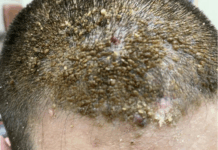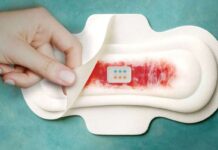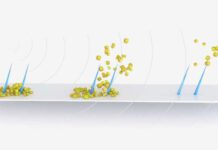Researchers have successfully developed humanized, early-stage kidneys in pig embryos. It is a first and increases the possibility of utilizing animals to develop human organs for transplant.
More than 25,000 kidney transplants from both living and deceased donors will be carried out in the US in 2022. Moreover, it will make the kidneys the most frequently transplanted organ in humans. There is a long waiting list for kidney transplants, with almost 5,000 individuals passing away each year and over 90,000 people on the list as of 2020. This innovation will be light at the end of the tunnel.
The transplanting of animal organs into humans, or xenotransplantation, has been studied by researchers looking to explore alternatives to human-to-human donation. It has mostly involved genetically altered pig kidneys because the human immune system is predisposed to reject organs from other species.
A recent study, however, aimed to go one step further by creating chimaeras—embryos made of both human and pig cells—in the hope of creating humanized kidneys in a pig.
Such a study has previously been attempted but to no avail.
The senior author of the study, Liangxue Lai, said,
Rat organs have been produced in mice, and mouse organs have been produced in rats, but previous attempts to grow human organs in pigs have not succeeded.
Chimaeras have previously been difficult to create because human and pig cells have differing physiological requirements. The new study made a few adjustments to get around this.
The scientists used CRISPR to genetically modify the pig embryos. This prevented the human cells from being outcompeted. Additionally, human stem cells that were created to better merge with the pig cells were employed. These two modifications reduced the likelihood of self-destruction in human cells.
Author Zhen Dai said,
We found that if you create a niche in the pig embryo, then the human cells naturally go into these spaces,
We saw only very few human neural cells in the brain and spinal cord and no human cells in the genital ridge, indicating that the human pluripotent stem cells did not differentiate into germ cells.
However, animal kidneys are one step closer to reality, there is still a long way to go.




